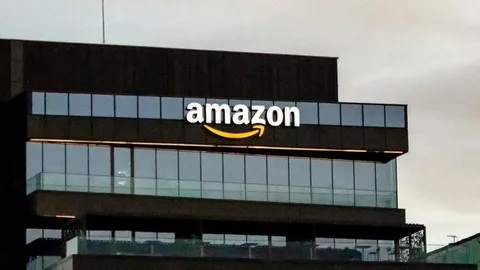To address these challenges, Amazon began implementing rounds of layoffs that affected both corporate employees and warehouse staff.
Reasons Behind Amazon’s Layoffs
The decision to lay off employees stems from multiple factors. One major reason is the global economic slowdown and rising inflation, which have forced businesses to reevaluate their spending. Consumers have also become more cautious, leading to slower sales growth across e-commerce platforms.
Additionally, Amazon invested heavily in expanding its logistics network and new technologies during the pandemic, expecting demand to remain high. When sales stabilized, the company faced overcapacity in several divisions.
Departments Most Affected
The layoffs have impacted several divisions across Amazon’s global operations. Corporate teams in human resources, devices, and retail have seen significant cuts, as have teams in entertainment services like Prime Video and Twitch. Amazon Web Services(AWS), the company’s most profitable arm, also faced some workforce reductions, though less severe compared to other areas.
data-start=”2566″ data-end=”2969″>ly in regions where demand has declined. The company has closed some underperforming facilities and merged others to optimize logistics efficiency.
These layoffs reflect Amazon’s strategic shift from aggressive expansion to operational refinement. While the move may improve profitability, it also raises concerns about employee morale and long-term company culture.
Impact on Employees
For thousands of Amazon employees, the layoffs have been emotionally and financially challenging. Many affected workers took to social media to share their experiences, expressing shock and disappointment at losing their jobs with little warning. The layoffs also affected international offices, making the impact truly global.
Employees have described the period as one of uncertainty, especially those who had been with the company for years. Some workers received severance packages and support for job transitions, while others faced difficulties finding new roles in an already saturated tech job market.</p>
Beyond financial implications, the layoffs have raised questions about workplace stability in big tech companies. For years, Amazon was seen as a place offering long-term career opportunities, but these cuts have changed that perception for many workers.</p>
Wider Industry Context
Amazon’s layoffs are part of a larger wave of job cuts across the tech industry. As the post-pandemic economy settles, many companies are focusing on efficiency and automation. With interest rates rising and investor pressure increasing, businesses are cutting costs and shifting toward long-term profitability rather than rapid growth.</p>
Experts believe that automation and artificial intelligence are also influencing these decisions. Companies like Amazon are increasingly investing in AI tools to handle tasks previously managed by employees, from logistics to customer service. While this technological evolution brings innovation, it also contributes to workforce reductions.
Public and Economic Reaction
-end=”5108″ />The public reaction to Amazon’s layoffs has been mixed. Some analysts view the move as a responsible business decision to ensure sustainability, while others criticize it as an example of corporate greed and lack of employee loyalty.</p>
Economists note that while layoffs are painful, they may help stabilize the tech sector in the long run. However, the short-term effects on local economies, especially in regions where Amazon employs thousands, cannot be ignored. Job losses can affect spending power, housing markets, and community morale.
Amazon’s Future Direction
Despite the layoffs, Amazon remains a dominant force in the global economy. The company is now focusing on strengthening its core businesses, particularly Amazon Web Services and digital advertising. It is also investing in emerging technologies such as artificial intelligence, machine learning, and logistics automation.
Conclusion
The Amazon layoffs mark a significant moment for the company and the tech industry as a whole. They reflect broader economic trends and the challenges of balancing growth with sustainability. While the layoffs have caused pain and uncertainty for many employees, they also signal a period of transformation for Amazon as it prepares for the next phase of technological evolution.</p>













Comments are closed